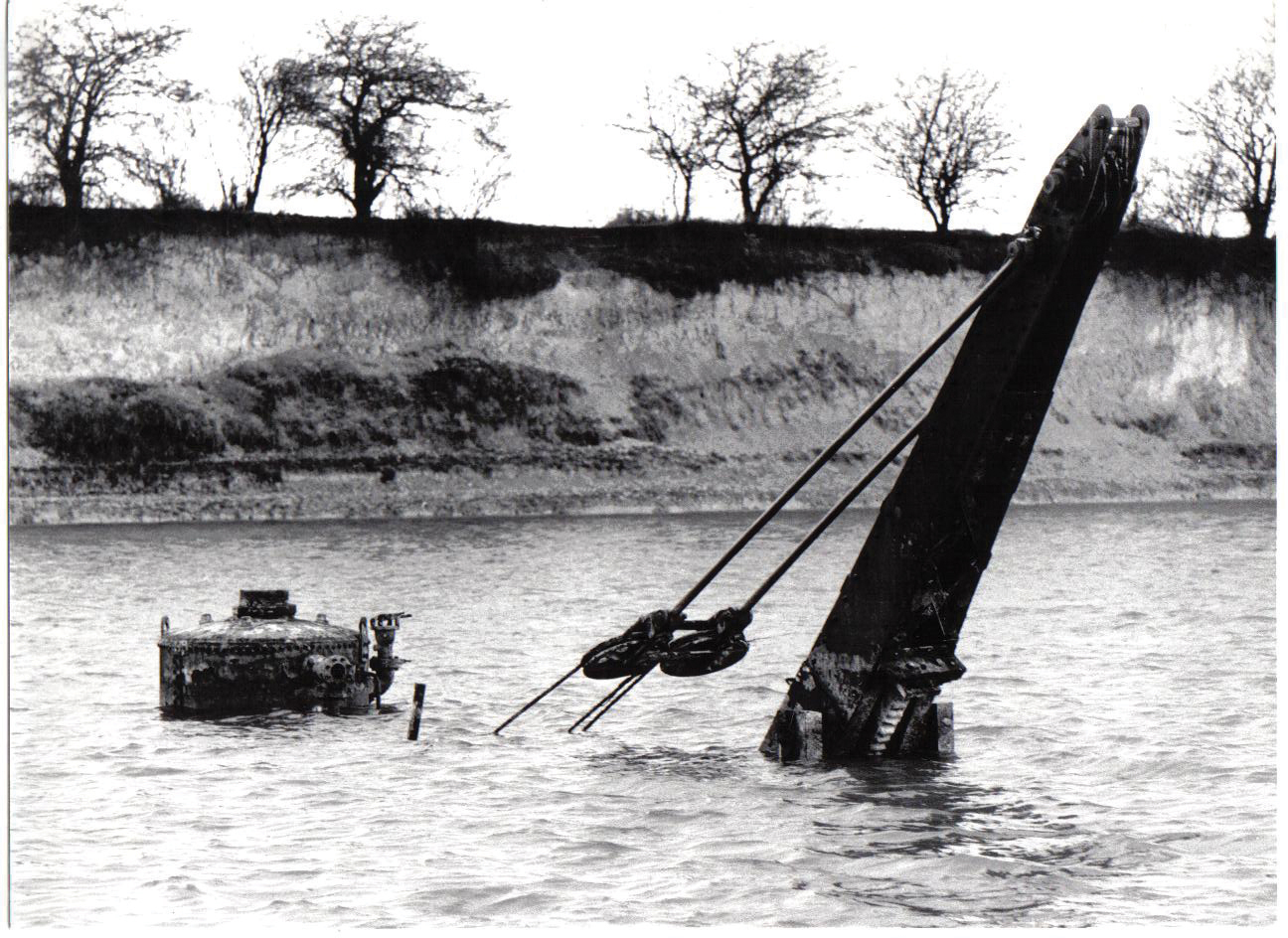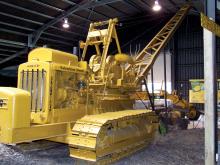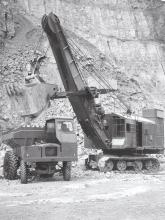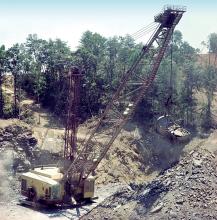
Restoration work currently underway in the UK is set to restore the world’s oldest surviving steam shovel to full working order
Steam shovels, or navvys, once helped mechanise quarries throughout Europe but many were scrapped as technology improved and diesel power started to be adopted. Nonetheless, a few do still remain and work underway in the UK will ensure that what is believed to be the world’s oldest machine of this type not only survives but will also be fully operational. Tucked away in a former micro-granite quarry in the Lake District (north-west England) is Threlkeld Mining Museum, which is home to the Vintage Excavator Trust (VET) and the 1909 Ruston Proctor Steam Navvy No. 306. Restoration of the historic machine has been assured thanks to a £40,000 (€47,250)
The steam crane navvy is not large by modern standards with a 2.5yard (2.29m) bucket, but was one of the first fully revolving rail-mounted machines and is the oldest known steam shovel, so it is historically important. The navvy runs on a 4ft 8in track width (approximately 1.42m) but uses a 9ft wide track to run outriggers when lifting.
Despite its heritage, the shovel has had a chequered history.
It was built for a chalk pit in Arlesey, County Bedfordshire which supplied a cement works. The machine was used as a face shovel and was one of two that worked the quarry until the 1920s.
“By then it was considered old technology and had no value so both were abandoned in the pit, which later flooded after the quarry closed in 1932,” says Ian Hartland, who has owned the quarry since 1980 and set up the quarry and mining museum.
“During WWII the navvy on the upper level was taken for scrap but our machine was on a lower level and in deeper water with only the jib and the chimney visible so it was left.”
The chalk pit later became a marina and diving centre known as the Blue Lagoon due to changes in the refractive index of the water as a result of chalk precipitation, and the shovel was used as a turning point for boats and a focal point for dives.
Some of the divers took images of the manufacturer’s plate on the navvy, which were seen in 1977 by Ruston expert Ray Hooley who realised the significance of the machine. “He had no knowledge of an older steam shovel than this one that was still in existence,” says Hartland.
It took a while for Hooley to gain ownership of the shovel and the diving group helped with the recovery by assisting with raising the navvy in pieces using air bags, winches and a telescopic boom crane.
The navvy was taken to the Ruston Bucyrus works in Lincoln (eastern England) and apprentices there spent three years stripping it down and restoring it. By 1980 the 306 was steaming again.
The navvy was lent on permanent loan to the Museum of Lincolnshire Life by Hooley but unfortunately lack of funds to keep it in working order meant that it fell into disrepair again. Hooley gave the machine to the VET in 2008 and it was moved to Threlkeld.
“The main issues related to the boiler but otherwise it wasn’t in too bad a condition mechanically,” says Hartland. “The barrel and the firebox are in good order mainly because the steel available in 1909 was better quality than what we can source today.”
So far the work has focused on stripping down the machine and freeing seized parts.
The boiler and fire-box were sent off for sandblasting. On return, ultrasonic measurements will assess the plate thickness of the component parts and if all is okay the rebuilding of the boiler will begin in earnest.
“We need to get new bushes manufactured and the wooden blocks on the clutch need to be replaced but we have sourced somewhere locally that can make them out of elm as the original ones were,” says Hartland.
“The steam parts of the machine are no problem to restore – it is what we’re used to – and it should all go back together easily. The real challenge will come when it is ready to be driven and that will be a steep learning curve as it takes a team of three, a fireman, an engineer and a ground man, to operate it.”








